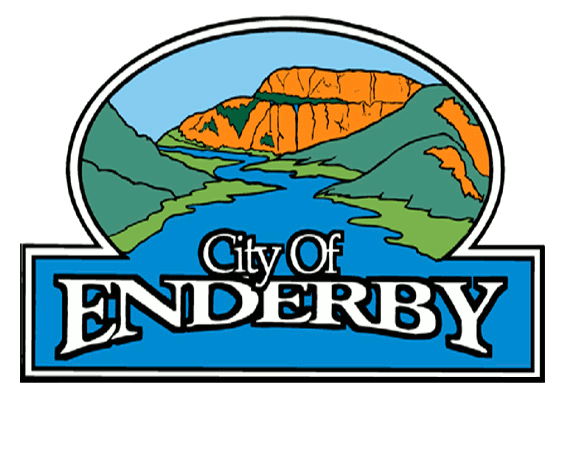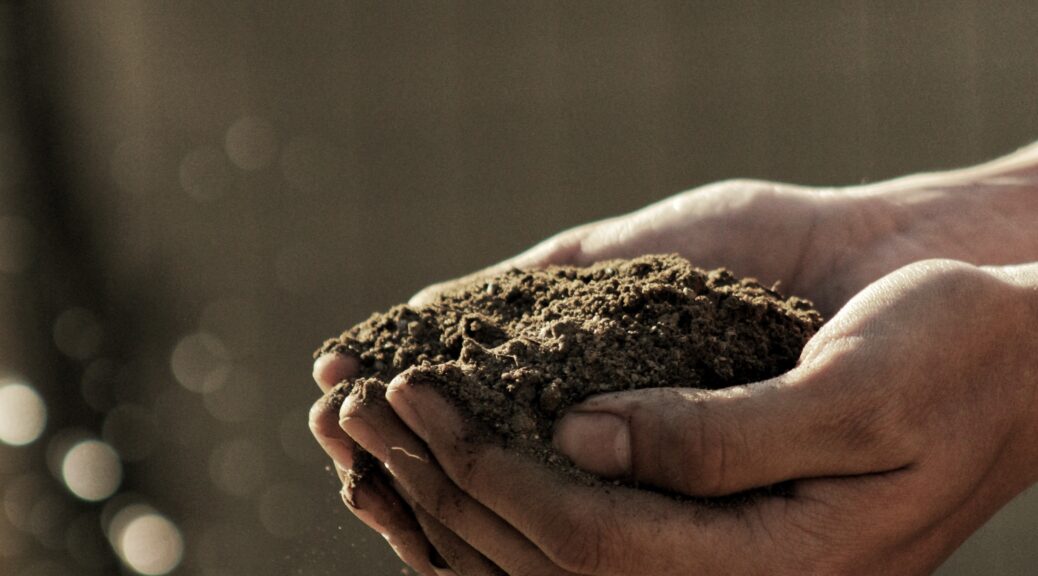Did you know that backyard composting is a cost-effective and efficient way to reduce your household waste, with a home composter being capable of diverting 200-300 kg of organic material from the landfill every year? Not only is backyard composting great for the environment, but at the end of the process you can use your finished compost on your lawn and garden instead of buying costly fertilizers!
Rebate Program
Don’t have a backyard composter? No fret, the Regional District of North Okanagan offers a Composter Rebate Program for up to 50% of the total price of a composter (backyard compost bins, compost tumblers, food waste digesters, Bokashi and vermicomposting systems), to a maximum of $60! To apply for a rebate, simply fill out this form and return it to the Regional District via email, mail or in-person!
10 Easy Steps to Get you Started
- Choose a flat area with good drainage.
- Purchase a compost bin, preferably one with a lid to help keep out rain and animals.
- Create a 4-6 inch base layer using straw, leaves, or woody brushy material to promote air circulation.
- Alternate layers of green (nitrogen-rich) and brown (carbon-rich) materials.
- Whenever you add a food scrap layer, top it off with a layer of brown material (5–8cm). If you only use kitchen scraps (green material), your compost will likely be wet and break down more slowly.
- Mix bin contents every week or two. This aerates the materials and gets the bin heating up again, allowing them to decompose faster.
- Moisture content of the bin should be like a wrung-out dishrag. Only add water if it is very dry after mixing.
- Pile will shrink. Continue to add layers of green and brown materials until bin is almost full.
- Compost is generally ready to use after about 2–3 months; however, aging the compost for another 1–2 months is recommended. Pro tip: If you have room, set up two composters so you can add to one bin as the other one matures.
- Harvest your compost when the compost at the bottom and centre is decomposed, full of healthy worms, and moist. Dig out the compost with a shovel, using the door at the bottom of the bin. You may choose to sift your compost through a mesh screen to remove large chunks or unfinished material.
Tips and Tricks
Here are some tips and tricks to help you become a pro at backyard composting:
- Compostable materials include vegetables and fruit, coffee filters with grounds, tea bags, egg shells, shredding paper and paper cardboard, leaves, plants, weeds, and old potting soils.
- Fish, meat, dairy, and grain products, grease, oil, and cooked foods like pasta and rice are NOT compostable, given that they decompose too slowly in a composter which can result in unpleasant odours.
- If you are experiencing unpleasant odours with your composter, try adding woody twigs, chips or shredded paper to better balance the ratio of nitrogen to carbon.
- Regularly mixing your compost will help to add oxygen to the compost and feed the microorganisms which are assisting in the decomposition process.
- Never add pet waste to your compost bin as it will make your compost unhealthy, odorous and attract pests.
- To reduce the risk of attracting animals, when adding food waste be sure to dig it in immediately and cover with soil.
- You can continue to compost in the winter, as the compost process generates heat. You can continue to add materials to your composter throughout the winter, even if the pile freezes. After the thaw, the decomposition process will speed up again.
- You know your compost is ready for harvest when it is dark in colour, crumbles to the touch, has an earthy smell.


